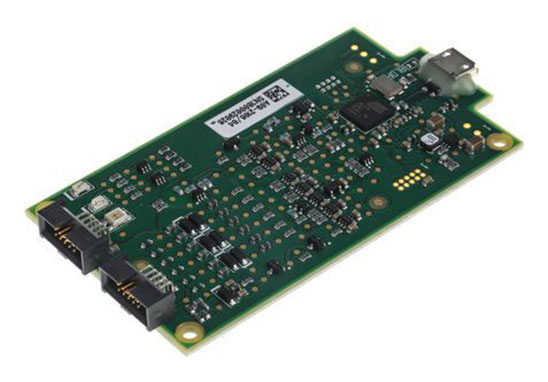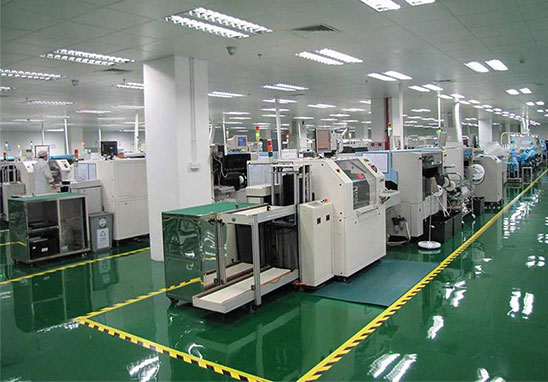What is wave soldering?
In PCB Assembly, wave soldering is to make the soldering surface of the plug-in board directly contact with high-temperature liquid tin to achieve the purpose of soldering. The high-temperature liquid tin maintains a slope, and a special device makes the liquid tin shape a wave-like phenomenon, so it is called "wave soldering" and whose main material is solder bars.
In most products that do not require miniaturization and high power, perforated or mixed technology circuit boards are still used. For instance, TV, home audio and video equipment, which are still using perforated components, so wave soldering is required. From a process point of view, wave soldering machines can only provide some basic equipment operating parameter adjustments.

Which matters need attention in PCBA wave soldering?
After PCBA wave soldering, board cleaning, storage and maintenance; At this time, you may find there may be whitening around the pads. Why? These white substances are actually mainly caused by residues. Here is the details:
1. Causes of whitening around pad after wave soldering
1) There is thin tin oxide floating on the surface of the wave crest;
2) The preheating temperature or curve parameters are inappropriate;
3) The flux flow rate is too high, the preheating temperature is low, and the tin-eating time is too short;
4) Flux composition, inspection test and certification.

2. Reasons for the PCBA pads to turn white after cleaning
1) Rosin in flux
Most of the white substances produced after cleaning, storage, and solder joint failure are inherent rosin in the flux.
2) Rosin denatured substance
This is a substance produced by the reaction of rosin and flux during the soldering process of the board, and the solubility of this substance is generally very poor so that it is not easy to be cleaned and stays on the board to form a white residue.
3) Organometallic salt
The principle of removing oxides on the soldering surface is that organic acids react with metal oxides to form metal salts that are soluble in liquid rosin, which forms a solid solution with rosin after cooling, and is removed with the rosin during cleaning.

4) Metal inorganic salt
These may be metal oxides in solder and flux or halogen-containing activators in solder paste, halogen ions in PCB pads, halogen ion residues in the surface coating of components, and halogen-containing materials in FR4 materials that are released at high temperatures. The substances produced by the reaction of halide ions generally have very little solubility in organic solvents. If the cleaning agent is selected appropriately, the flux residues may be removed; However, if the cleaning agent is not matched with the residues, it may be difficult to remove these metal salts, leaving white spots on the board.
After the printed circuit board is assembled and soldered, the pad turns white, which is mainly caused by residual flux and poor cleaning. It needs to be cleaned after soldering.








